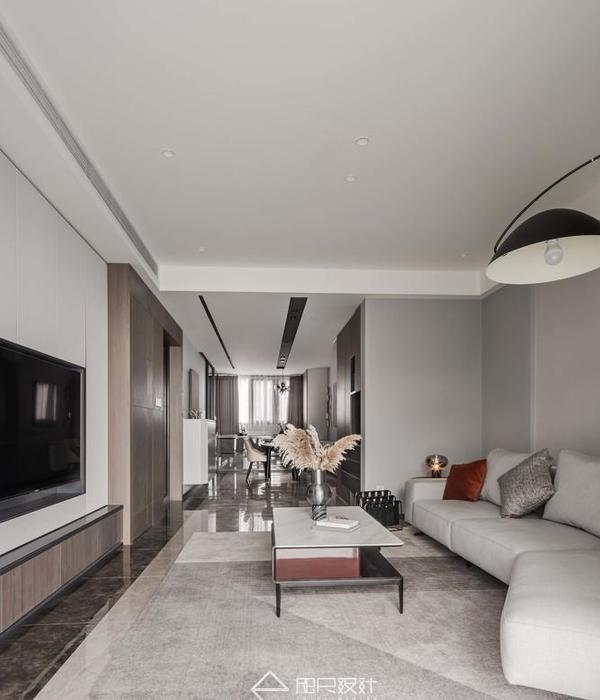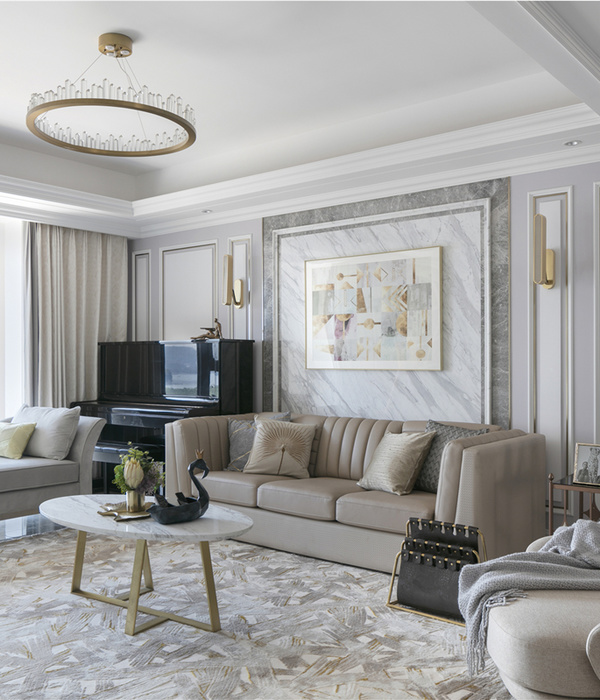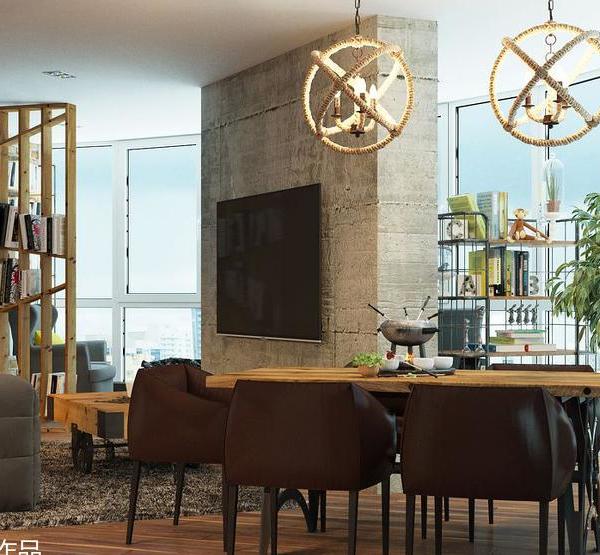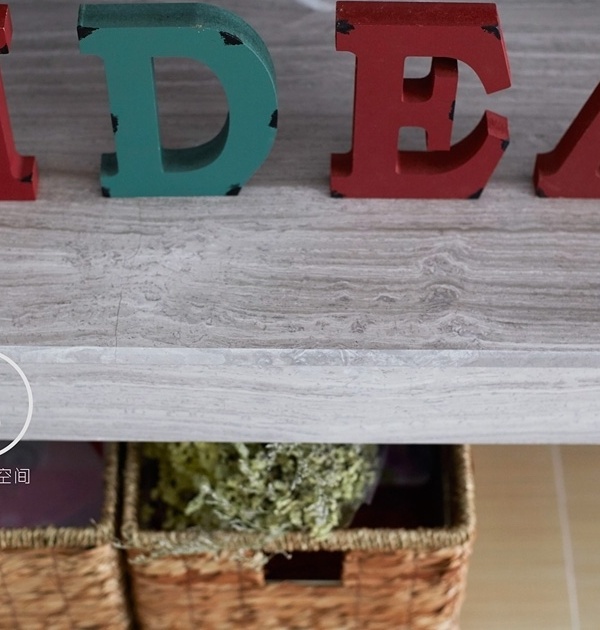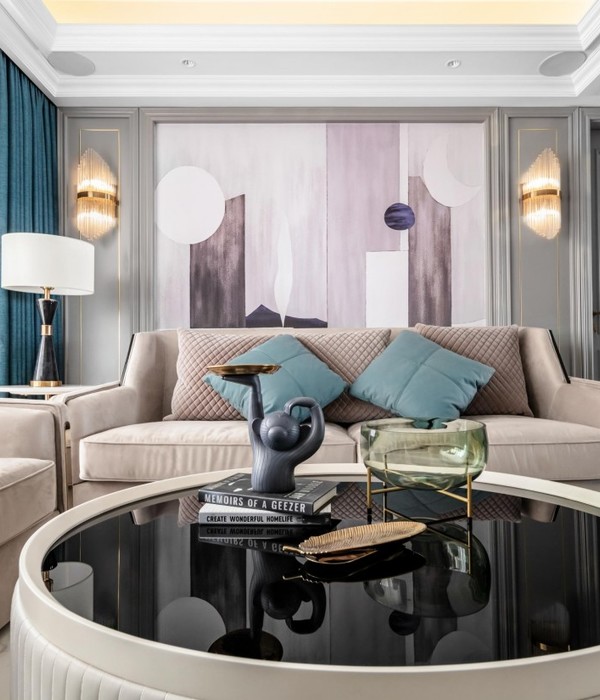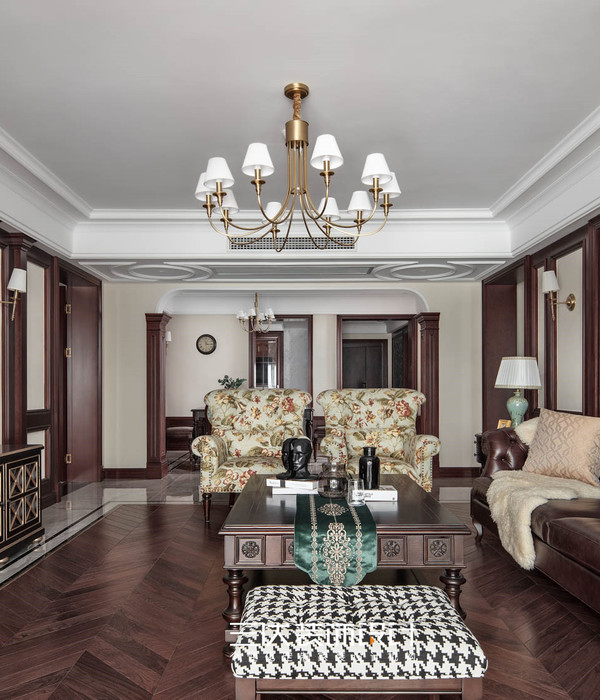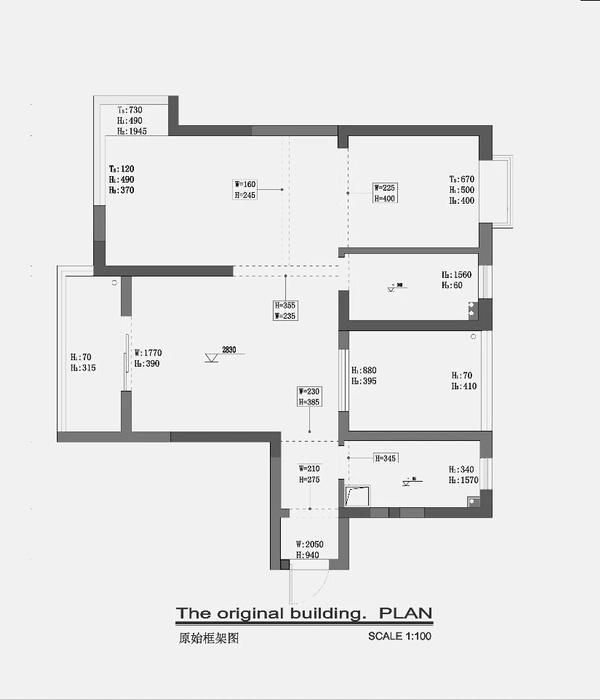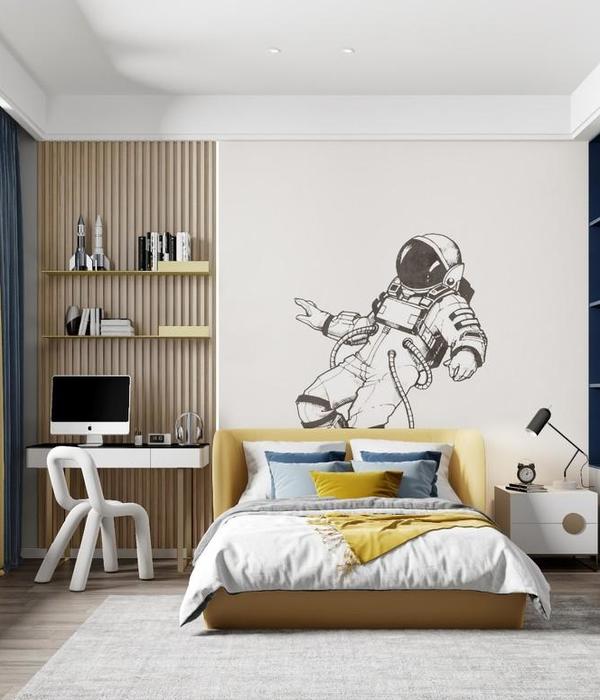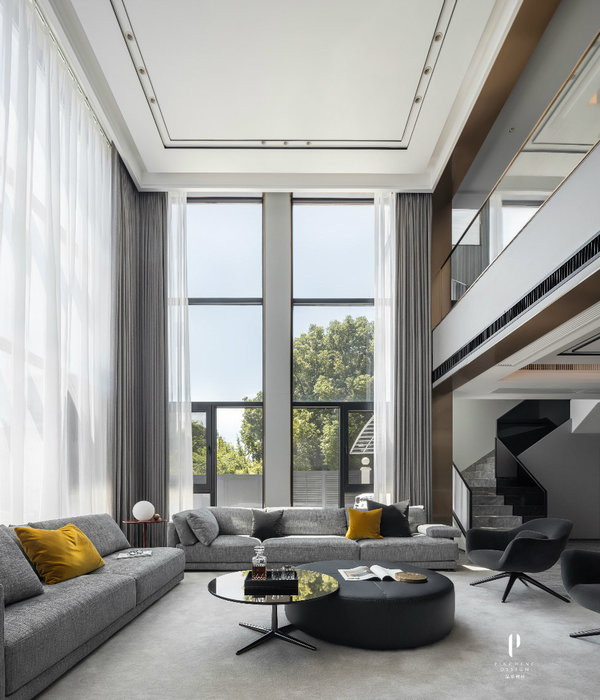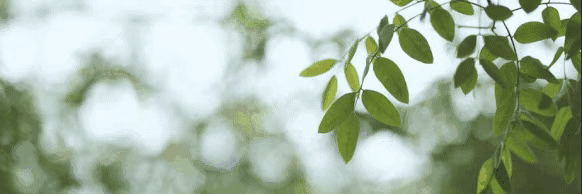建于19世纪的Jardin des serres d’Auteuil植物园以其植物温室而闻名于世,值得一提的是,这个植物温室由建筑师Jean Camille Formigé设计建造,他是该植物园花园步道设计以及巴黎植物长廊和植物园的负责人,该温室创造了一个由钢材和玻璃打造而成的地标性建筑,向人们展现着当时的建筑风格。
相比之下,花园东部则设置了一系列技术性大楼和没有什么文化价值的临时温室。法国网球联合会(Fédération Française de Tennis)和巴黎城市环境与自然环境保护协会(Direction des Espaces Verts et de l’Environnement de la Ville de Paris)将法网公开赛的赛址选在了这里,这就对本项目的设计有了以下三点要求:1. 建造一个可用于体育运动和一系列公共活动的高性能建筑。2. 通过建造一系列新的温室来改善花园的植物特征。3. 与Formigé设计建造的历史建筑建立对话。
The Jardin des serres d’Auteuil built in the nineteenth century is characterized by the botanical greenhouses built by Jean Camille Formigé, architect for the garden walks and plants department of Paris (Service des Promenades et Plantations), who created a historical landmark made of steel and glass emblematic of the architecture of the time.
By contrast, the eastern part of the garden is marked by the presence of technical buildings and temporary green- houses of no cultural interest. The sports project of the Fédération Française de Tennis and the Direction des Espaces Verts et de l’Environnement de la Ville de Paris takes its place here based on 3 characteristics: 1. build a high-performance building for sport and its public; 2. improve the botanical character of the garden by building new greenhouses; 3. enter into dialogue with Formigé’s historic buildings
▼网球场鸟瞰图,bird-eye’s view of the tennis court ©camillegharbi
因此,项目要求提供给建筑师的设计切入点十分之多。例如,通过对原有建筑的东侧部分稍加处理,在d’Auteuil大道与这座当代花园之间建造一个整体空间,使其不仅能与d’Auteuil大道联系,还能够通过消除原有储藏空间的影响,从而与植物温室的原始结构形成一个对话。进一步讲,这样的花园应该具备一种更大的连贯性。因此,建筑师希望能够将本项目打造为一座全新的以植物为依托的建筑,探索美洲、亚洲、非洲和大洋洲等四大洲不同的植物群落,从而呼应其他五座致力于保护濒危的生态系统的历史温室。
此外,法网的网球场设计也是一个重点。建筑师希望能够通过现代的建筑语汇,设计一座能够与现存建筑产生对话的网球场。因此,Simonne-Mathieu网球场项目不仅向人们展示了网球这种高性能的体育运动,更能让植物群落重新焕发生机。
The opportunity is thus offered to improve the situation in every sense of the word. That of the garden, by embellishing the eastern part in connection with the boulevard d’Auteuil to create a unity which, between the contemporary garden and the boulevard d’Auteuil, can dialogue with the original composition of greenhouses by removing the impact of the storage areas. The garden this way should find greater coherence. The construction of the new greenhouses is based on a new botanical project to explore the flora of four continents (America, Asia, Africa and Oceania) echoing the five historic greenhouses dedicated to endangered ecosystems.
The sports project of the Fédération Française de Tennis is coherent and the construction of the new tennis court is in dialogue with the existing buildings based on a contemporary vocabulary. The Simonne-Mathieu court is both a showcase for high performance sport and a renewed botanical development.
▼外观局部,网球场被一系列花园温室包围,partial exterior view of the tennis court that is surrounded by greenhouses ©camillegharbi
虽然建筑是围绕着现有网球场进行设计和开发的,并通过新建的温室来突出项目的存在感,但它与这座历史悠久的花园之间的关系却没有受到丝毫的影响。
While the building is developed perimetrically to the existing tennis court prompting the perambulation of the public through the new greenhouses, it is no less orientated in its relationship with the historic garden.
▼网球场周边的温室,the greenhouse around the tennis court ©camillegharbi
在项目基地的北侧,建筑师通过一座当代风格的花园,将网球场与Porte d’Auteuil地铁站内的诗人花园直接联系了起来。而在项目基地的南侧,体育场坐落于公园大门的围栏之后,沿着d’Auteuil大道设置,朝向Molitor泳池和Jean Bouin训练馆的网球场。新建的项目大门全年开放,在没有比赛的时候,普通市民们则可以通过这个特定的出入口尽情享受这个体育运动场所。与此同时,在项目基地的东侧,花园维护区的重组过程也在悄然无声但有条不紊地进行着。项目基地的西侧与主要场地和Gordon Bennett大街直接联系,这部分的建筑处于功能各异的磨石建筑群中,面向不同的观众,这一点在比赛期间尤为明显。因此,这座新建的Simonne-Mathieu网球场必须与花园有着强大的相关性和连贯性,同时通过突出的公共通道和交通流线来明确地限定出自己的空间。
To the North, through the contemporary garden, the tennis court is in direct connection with the garden of the poets from the Porte d’Auteuil. To the South, behind its gated park fence, the stadium appears as a showcase along the boulevard d’Auteuil facing the Molitor Swimming Pool and the tennis courts of the Jean Bouin training stadium. The new gate could constitute, beyond the tournament period, a specific access for the uses that the facilities would have throughout the year. To the East, the garden maintenance areas are reorganized in a more inconspicuous manner. To the west is the direct link to the main site and Gordon Bennett Avenue, amongst millstone buildings of very different functional status and open to different audiences, especially during the tournament. Thus, the new Simonne-Mathieu tennis court must at the same time maintain a strong coherence in relation to the gardens and clearly define itself along enhanced public access and circulation routes.
▼温室内部,其中种植着来自四个大洲的植被,interior view of the greenhouses where plant the flora of four continents ©camillegharbi
对于本项目来说,有两个特殊的时期,一是法网公开赛(Roland-Garros)举办的时期,另一个则是其花园在全年中的情况和品质。花园的品质及其园艺系列和植物的多样性将为大量游客提供一个与自然和植物亲密接触的机会,并为所有人带去欢乐和慰藉。
Two periods will be distinguished in the life of this building, that of the tournament of Roland-Garros and that of its situation within the garden all the year round. The qualities of the garden, its horticultural collections, its botanical diversity, will be made accessible to a large number of visitors and will be open for everyone’s pleasure.
▼从温室内部透过玻璃看网球场,viewing the tennis court through the glass from the interior greenhouse ©camillegharbi
公共流程管理是网球场等体育设施与花园之间的一个主要问题。在比赛期间,甜橙温室区和花卉温室区的磨石建筑将与新建的Simonne-Mathieu网球场在功能上产生共鸣。在比赛期间之外,新的网球场将成为通往温室的公共交通流线的一部分。多亏了巴黎城市环境与自然环境保护协会,由新形成的生物群落和本项目所引进的植物特性构成了一种精致的景观表达,从而使得温室内的参观者能够顺着植物自然地在空间中穿行。在每年的这两个时间段中,建筑不仅具有不同的节奏感,还扮演着不同的功能角色,同时为人们提供着不同的交通流线,从而强调了一种十分独特的空间品质。
Public flow management is a major issue in the dialogue between the facility and the garden. During the period of the tournament, the millstone buildings of the orangery and the florist find in their program definition a resonance with the use of the new Simonne-Mathieu tennis court. Outside the tournament period, the new tennis court will be part of the public circulation route through the greenhouses. Thanks to the Direction des Espaces Verts et de l’Environnement de la Ville de Paris, a carefully landscaped presenta- tion of newly formed biotopes and the botanical qualities of the new project promote a natural pedestrian movement inside the greenhouses. It is during these two times of the year, at these two rhythms, that the building addresses very different functionalities and circulation routes providing its very particular quality.
▼走廊连接温室与网球场看台,the corridor connects the greenhouse and the bleachers ©camillegharbi
在这里,体育设施空间并没有占据主导的地位,而是与其环境和谐共处,相辅相成。建筑师通过这个项目定义了一个全新的概念、一个与自然有关的高性能体育设施,它不仅是对基地和花园的一次重新定义,更是对温室中植物群落的一次革新。
The sports facility is not autonomous here, closed in on itself, but is on the contrary derived from and in dialogue with its environment. By this occasion is defined a new concept, a high-performance sports facility in relationship with nature, that of the site, that of the garden, but also that of the biotopes in the greenhouses.
▼透过钢结构看红土网球场,viewing the clay court from the giant steel structure of the building ©camillegharbi
这也是一个独特的项目,建筑师对网球场的部分空间进行了下沉的处理,使其陷入地面4.5米深,同时它也向天空生长,玻璃屋顶时刻保护着上层看台免受风霜雨雪的侵袭。平缓起伏的玻璃雨棚不仅保护着上层的观众免受恶劣天气的影响,还创造了一个遮阳空间,同时在声学上保护网球场免受周边环路上噪音的污染。本项目在高度上与现存的历史温室相当,静静伫立在天地之间,将人们对球场和温室空间的关注一路延续到对植物本身的关注上。
It is a unique project that will evolve here, it belongs to the earth by the part of the tennis court which is sunken 4.5 meters deep, it belongs to the sky by the glass roof that protects the upper tribunes. Here, the gentle undulation of the glass canopies protects the public in the upper stands from inclement weather, creates shade and protects the tennis court acoustically from ring road noise pollution. At a comparable height as that of the historic greenhouses, it is between earth and sky that extends a vegetal horizon to the view of the public from the court and the greenhouses.
▼从看台看向红土球场,看台上方设有玻璃天蓬,viewing the clay court from the bleachers with the glass canopy above ©camillegharbi
本项目中新建的温室与现存的历史温室有着相同的建筑朝向。在项目的东西两侧,有两间70米长的朝南大温室,由上层看台的天篷向下延伸打造而成。而在项目的南北两侧,则设置着两个40米宽的温室。如果说19世纪的建筑是以钢和玻璃的发展作为标志的,那么如今,这个项目就是在将这种标志转化为一种现代的建筑语汇,它作为一种精致多变的惯性钢结构,支撑着规模化的玻璃元素,不仅能够在当今社会中建立起一种建筑表达,同时也能向人们展示一系列当代的建筑知识。为了适应不同的方向,建筑师特意对建筑的玻璃进行了定制化的处理,从而确保观众不会在网球场上投下不必要的阴影。
本项目十分注重环境特征,通过植物设施的生物气候特性,以及手段经济、材料经济和对这个超乎寻常的建筑的施工过程的关注,将建筑与环境相融合。这种建筑结构及其表皮的通透性和轻质感则进一步呼应了其所承载的植物特性、以及对公众和运动员的服务特性。本项目堪称“体育建筑界和构造施工界的瑰宝”,花园的精致性完善了以植物为主题的设计概念,同时也展现了Simonne-Mathieu网球场如何在保证自身功能的前提下,与其所在的花园和自然环境进行对话和交流。
The project is oriented in the same direction as the historic greenhouses. On the east and west sides, there are two big 70 m long greenhouses oriented in the north-south direction and prolonged by the canopies of the upper tribunes. On the north and south sides, two 40m wide greenhouses are situated. If the architecture of the nineteenth century was marked by the development of steel and glass, the project proposes today to translate this concern into a contemporary vocabulary as an elegant variable inertia steel structure supporting scaled glass elements which is possible to build today while expressing contemporary know-how. Depending on the orientation, the glass is fritted to protect spectators without throwing shadows on the tennis court.
The project pays particular attention to environmental characteristics, obviously by the bioclimatic nature of the facilities for plants, but also by the economy of means, the economy of materials and the attention paid to the construction of this exceptional building. The transparency and lightness of this structure and its cover specifically address the nature of the plants they host but also the reception of the public and athletes. It is an “athletic and constructive jewel” that takes its place in this garden with delicacy, thus improving the plant exposure scheme and showing how the improved Simonne-Mathieu tennis court can be functional while entering into a dialogue with nature in the garden it houses.
▼红土网球场,the clay court ©camillegharbi
这座新建的网球场被一系列温室环绕着,不断地与其基地历史、环境和功能空间发生着对话。从历史性的层面讲,这座网球场可以凭借其现代的温室和轻质的结构体系与历史上的建筑结构进行对话。从环境的层面讲,本项目注重建筑的规模、不同观众的流线、一年中不同时间的建筑活动、以及对建筑通透性和玻璃幕墙物质的处理等。从功能的层面讲,本项目具有植物学和体育类建筑的双重特征。根据温室中四大洲的植物主题,通过控制生物群落的构成和不同空间氛围的营造,这座被温室所包围着的新建网球场不仅重新诠释了原有的植物园空间,还将该空间进行了延伸。
The construction of this new tennis court amongst the greenhouses had to transcribe the dialogue it could weave with its history, its environment and its program. With its history, to enter into dialogue with the historical monument which it borders in a contemporary writing of greenhouses and light structures. With its environment, by the attention paid to built scale, to the flow of different audiences, to different times of the year, and by the treatment of the transparencies and the materiality of the glass facades. With its program, by the double characteristics of botany and sports. The new tennis court surrounded by greenhouses reinterprets and extends the existing botanical garden, by the constitution of biotopes and differentiated atmospheres according to the four orientations of the greenhouses.
▼平面图,floor plan
此外,这座环境独特的网球场还能容纳多达4,950名观众前来观赛。从另一个角度说,这也是一种全新的建筑表现形式,为将来的设计提供了范例,可以说,高水平体育运动与运动场馆之间关系在这个项目中有了新的可能。就项目本身来说,本项目的施工过程就是一个典范,更不必说它还位于一个极其敏感而特殊的地理位置上,而就算在这种情况下,它也将自身与场地的植物特性完美地融合了起来。值得一提的是,本项目的还极具发展潜力,被移除的树木可以被重新栽种在基地的北侧区域,从而将本项目置身于一个更加全球化的景观规划中。
It also welcomes an audience of 4950 people coming to attend a high-level competition in a unique environ- ment. There is here a new form of performance that could serve tomorrow as a reference for the new relationship between high-level sport and environmental attention. The construction works themselves had to be exemplary while located on an extremely sensitive site, as much for the presence of vegetation as for its exiguity. It was obviously a clean building site that allowed to replant the displaced trees to the north of the plot and to insert the project in a more global landscaping plan.
▼剖面细节图,section details
PROGRAM: New Simonne-Mathieu tennis court, Roland-Garros. PROJECT SUPERVISOR: Architect: Marc Mimram Architecture & Associés Partners: Marc Mimram Ingénierie: structure and économy; INEX: Fluid and environment engineering; AARTILL: light; AAB: acoustic; VS-A: facades Project team Marc Mimram Architecture Ingénierie: Martin Fougeras Lavergnolle, Francis Jacquiod, Jacques Durst CLIENT: Fédération Française de Tennis CONSTRUCTION FIRMS: Vinci: demolition – earthworks – main construction work – ar- chitectural trades Viry-Fayat: metal frame – light facades – locksmith / metal work, Sfee : electricity, Foret : plumbing – heating system – air treatment, Richel : greenhouses equipment, Etablissement Jean Lefebre : external works and landscaping COST OF THE CONSTRUCTION / PLANNING: 2013 – project delivery in 2018 AREA: 5,300 m2 KEY DATA: 5,000 seats 1,435 m2 greenhouses 5,000 m2 double glazing (125 tons) 900 double glazing “fish scales” – 2,800 m2 320 tons of steel
{{item.text_origin}}

